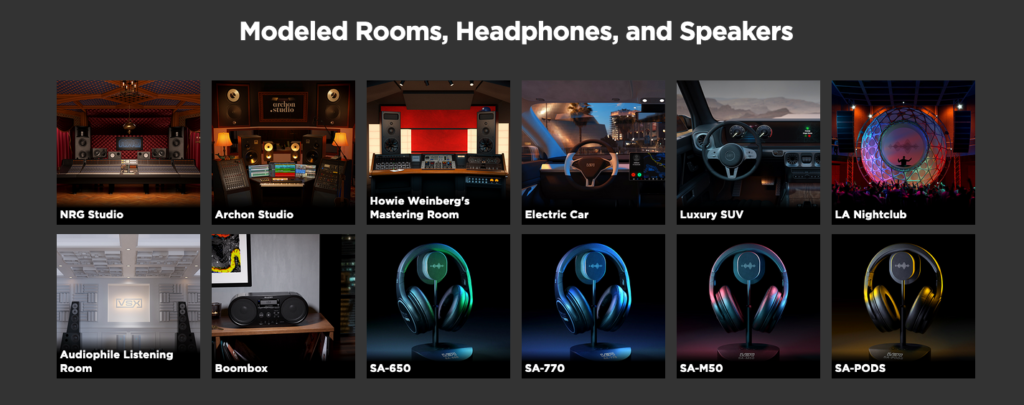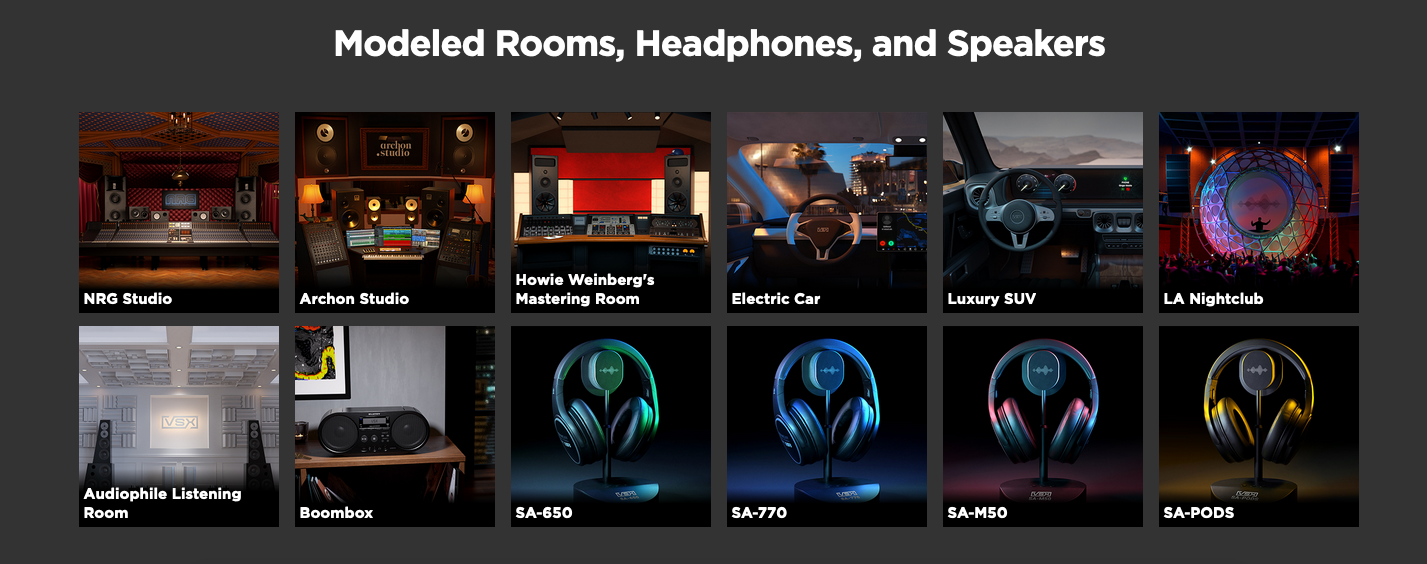
Aimed at engineers with no access to a highly treated mixing space, Slate’s VSX is an engineering challenge. Steve and Fabrice have been modelling the analog domain since releasing the FG-X Mastering Suite in 2010. Their VTM brought us a tape emulation that made a difference and then the VMR which has slowly been developed into a powerhouse plugin suite that’s at the heart of Slate’s Everything bundle.
Physical modelling extended into Microphones with the VMS – a revolution in itself – and now they’re modelling mixing rooms!
You’re right to be skeptical. How can the 3D space and response of a well treated mixing room be recreated in a pair of stereo headphones?
All I can say at this point is “wow”.
When I first set up VSX and run my usual speaker test tracks – Dire Straits’ “Communique” and Toto’s “Pamela” – I was compelled to go straight to Twitter and tweet Slate with “VSX. Holy shit!”
The recreation was just stunning and exactly what I expect to hear in a well balanced space. The music was balanced, detailed, bright and the lows were low!
And using the system is simple – pick a room and go! The results are a satisfaction with a mix I haven’t had for a while.

The system comes in two parts (in a really pretty box!) – the headphones and the software.
The headphones themselves, despite the plastic band, feel real substantial. Wearing them is incredibly comfortable and they almost completely isolate my from the world when I’m working.
Using them on their own as regular headphones, they aren’t too pretty – but you can hear the weight and the power cans, especially in the mid range. But that isn’t the point – they aren’t designed to be used this way.
When you insert the plugin in your 2-Buss, set the plugin for your ear type (basically based on whether Apple’s regular earphones fall out of your ear or not!), and you’re in your mixing space.

The screenshot above demonstrates the spaces that VMS allows you to mix in, audition for and master in.
It’s smartly thought out – 2 mixing rooms, a mastering room and then the typical environments that people would listen in: headphones, earphones, the car, a night club and a portable ghetto blaster! A treated listening space can also be auditioned in too.
This negates the need to take your mix into the different environments to check – we can do it all in the plugin.
The mixing spaces offer us three options – nearfield, mid field and farfield monitors . The depth control determines how ‘close’ we are to the monitors.
Level matching allows us to balance the output of the VSX with the bypassed signal so we don’t blow our ears out when we bypass the system.
For mixing – the VSX mutes itself when it detects bouncing taking place, although you’ll have to do this manually if you’re printing your mix rather than bouncing.
At £450, it wasn’t exactly a cheap headphone solution but it’s not a headphone solution – it’s a mixing space solution. Only time and adoption will tell as to whether the VSX will actualy replace treated spaces for those coming into the industry with no ability to access high quality mix spaces. I’d be very interested to read which charting tracks were mixed in here over time.
It can’t entirely replace a room with some treatment – we still need to get the signal into the box and there’s no substitute for a room with some reflection taming when you’re tracking vocals, for example.
But I have a feeling we’ve taking one more step into taking Music Production wholely into the box! If you’re a mixer with a tricky mixing space – you need this!



